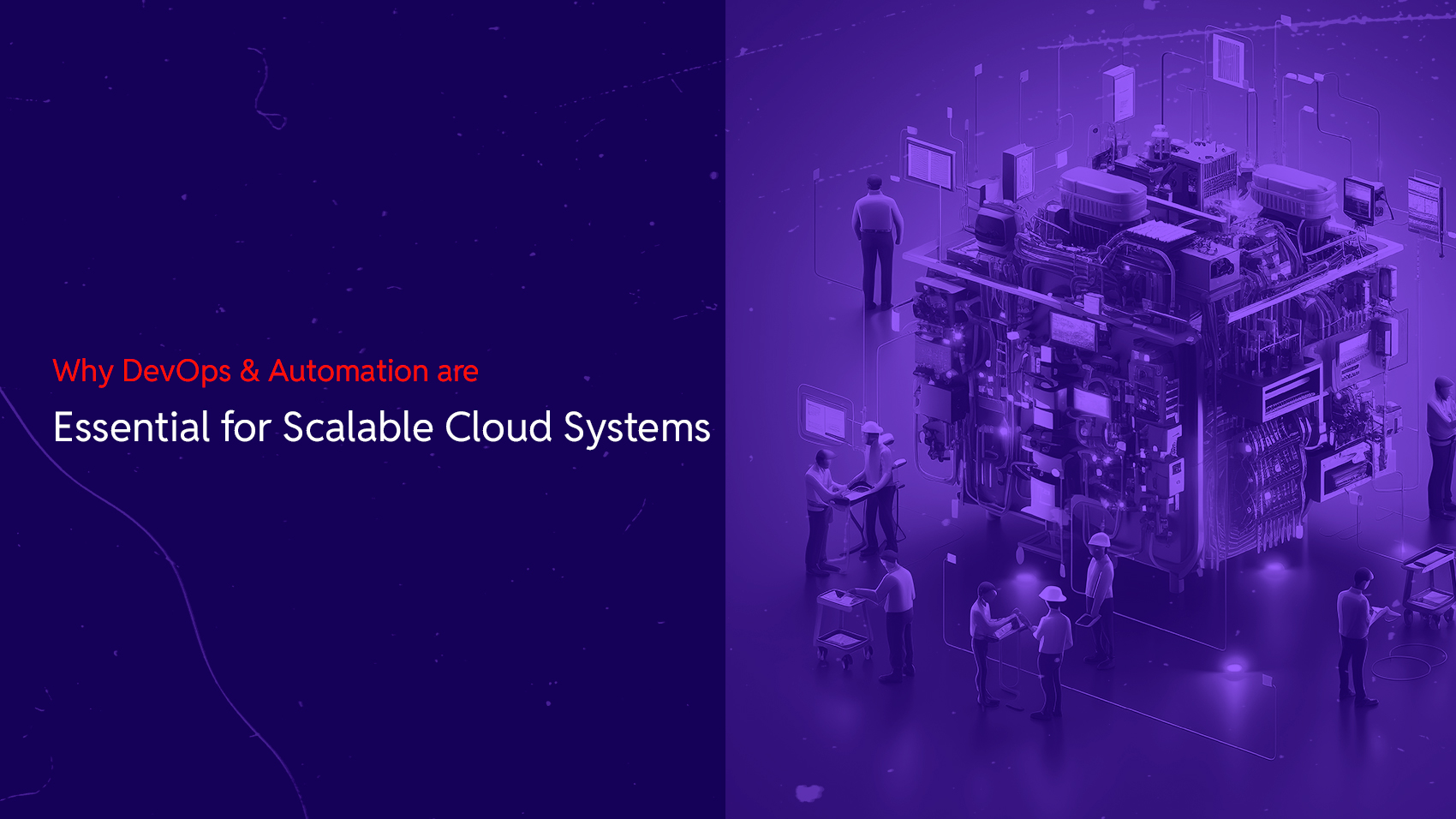No products in the cart.
Embracing DevOps and Automation: Transforming IT Operations for the Future
In today’s fast-paced digital landscape, businesses are under constant pressure to innovate quickly, deliver high-quality software, and maintain operational stability. Traditional IT workflows, often plagued by manual interventions and siloed teams, are no longer sustainable. This is where DevOps and Automation step in as game changers. By bridging the gap between development and operations teams and automating repetitive tasks, organizations can achieve faster release cycles, improved collaboration, and greater reliability.
In this blog, we’ll explore the core components of DevOps and how automation—through practices like CI/CD pipeline setup, Infrastructure as Code (IaC), Containerization (Docker, Kubernetes), and the use of automation scripts & tools—is transforming IT operations.
What is DevOps?
DevOps is an initiative that combines cultural and technical elements with the goal of harmonizing software development (Dev) and IT operations (Ops). The goal is to shorten the software development lifecycle while delivering features, fixes, and updates frequently and reliably. DevOps emphasizes collaboration, continuous feedback, and automation across all stages of development and deployment.
The integration of automation into DevOps processes is crucial. Without automation, DevOps can’t scale. Let’s look at some of the key ways automation empowers DevOps workflows.
CI/CD Pipeline Setup: The Backbone of Agile Delivery
One of the foundational practices in a DevOps environment is the CI/CD pipeline setup. CI (Continuous Integration) and CD (Continuous Delivery/Deployment) enable development teams to merge code changes frequently, test automatically, and deploy updates rapidly to production.
Automation within CI/CD pipelines eliminates manual handovers, reduces errors, and accelerates time to market. Tools like Jenkins, GitLab CI/CD, CircleCI, and Azure DevOps allow developers to:
- Automatically build code after each commit
- Run automated unit, integration, and performance tests
- Deploy to staging or production environments with minimal downtime
With a properly configured CI/CD pipeline, organizations can deploy hundreds of updates a day with confidence, enabling them to respond quickly to customer feedback and market demands.
Infrastructure as Code (IaC): Redefining Infrastructure Management
Managing infrastructure through manual configurations is not only time-consuming but also error-prone. Infrastructure as Code (IaC) solves this by enabling infrastructure provisioning and configuration through machine-readable scripts.
Using tools like Terraform, AWS CloudFormation, or Ansible, teams can define their infrastructure components—networks, virtual machines, databases, and load balancers—as code. This code can be version-controlled, tested, and reused, just like application code.
Benefits of adopting IaC include:
- Consistency: No more “it works on my machine” issues—your environments are identical.
- Scalability: Spin up or tear down environments quickly in response to demand.
- Auditability: Track infrastructure changes through version history.
- Repeatability: Replicate environments across regions or development stages effortlessly.
IaC is a cornerstone of modern DevOps, ensuring that infrastructure setup is fast, reliable, and reproducible.
Containerization: Portability and Scalability with Docker and Kubernetes
The advent of containerization has transformed the processes of application development, deployment, and scaling. Tools like Docker package applications and their dependencies into lightweight, portable containers that run consistently across environments.
While Docker handles container creation and management, Kubernetes orchestrates containerized applications at scale. It provides features like automated deployment, scaling, load balancing, and self-healing. This duo—Docker and Kubernetes—enables teams to build microservices architectures and deploy applications rapidly and reliably.
Containerization offers several DevOps benefits:
- Environment consistency: Run the same container in development, testing, and production.
- Faster deployment: Containers start up quickly, reducing deployment time.
- Resource efficiency: The use of containers demands less resource consumption than that of traditional virtual machines.
- High availability: Kubernetes ensures apps stay up and recover from failures automatically.
By combining containerization with CI/CD and IaC, teams achieve true agility and resilience in their application delivery process.
I am text block. Click edit button to change this text. Lorem ipsum dolor sit amet, consectetur adipiscing elit. Ut elit tellus, luctus nec ullamcorper mattis, pulvinar dapibus leo.
Connect with us on social media! Follow our Facebook, Twitter, and LinkedIn pages for the latest updates and exclusive content tailored for you.
Discover our new blog post (Top Server Administration Trends to Watch in 2025)



